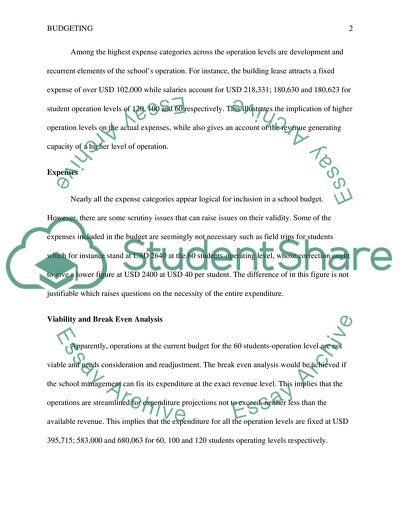Budgeting Admission/Application Essay Example | Topics and Well Written Essays - 500 words. https://studentshare.org/finance-accounting/1755555-budgeting
Budgeting Admission/Application Essay Example | Topics and Well Written Essays - 500 Words. https://studentshare.org/finance-accounting/1755555-budgeting.


